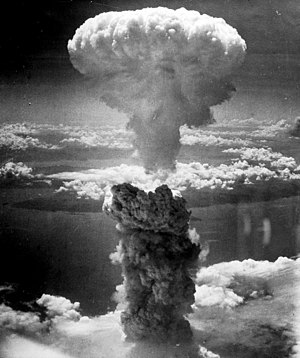I run on rail power (DCC, though I think this applies to DC as well), and recently had a booster fail. There was no evidence of burning, such as what might happen with a near lightning strike. And I’ve always left the system connected (though protected in a small shed). With some help from Greg E. on determining which components worked and didn’t, I sent the booster in for repair. I gather that it’ll take around a month to get back.
Boosters are expensive, so I wondered what happened, and if I should be prepared for this to be a recurring thing. I posted my questions on a DCC forum that specializes in my brand of equipment (NCE), and after a lot of ideas thrown around, I received this reply.
Hi Cliff, I’m a fellow garden railroader and I use the same system as you including the Meanwell power supply Greg [Elmassian] recommends. When my system is not in use, I use to just unplug my power supply. The track remained connect to the booster. Along came a thunder storm. Had a rather strong bolt hit down the street about a quarter mile away. I have about 300 feet of track, nice antenna. The EMI pulse damaged my booster and my NCE wireless system. I had to send them to NCE for repair. I never saw any physical damage. I now make sure I disconnect the track from the booster when not in use. Not saying this is what happened to your system but it is a possibility. Hope you get back up and running soon. Good luck. --Steve
According to Steve, track can act as an “antenna” that gathers static electricity from a lightning strike, conveying enough of a pulse to damage any connected electronics. This makes sense; and you can bet I’ll be disconnecting from now on.
I suppose this applies to any electronic gear, though maybe DC throttles have less sensitive components?
Anyway, I’d like to hear any comments y’all might have along these lines, and whether you always disconnect when not operating.
Cliff
